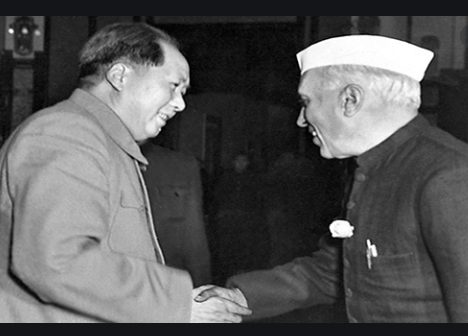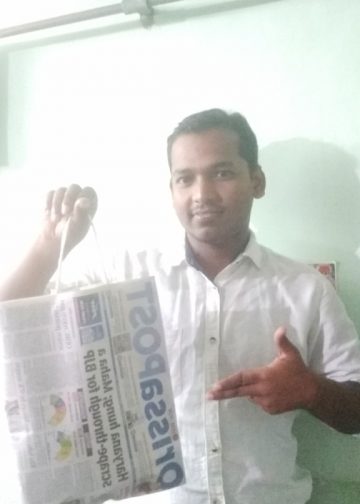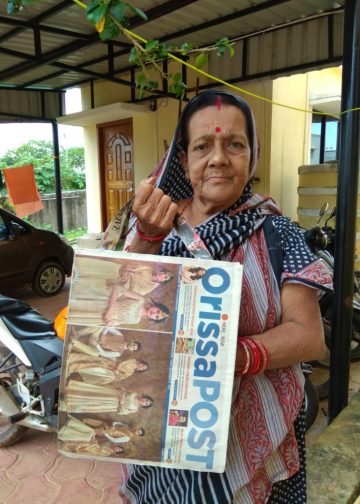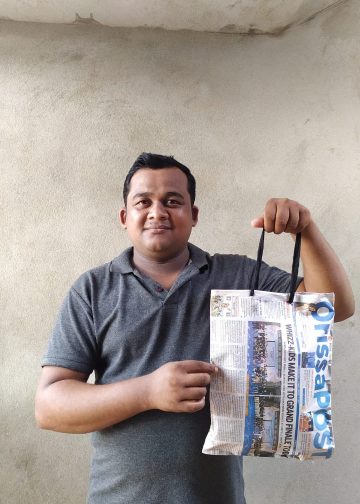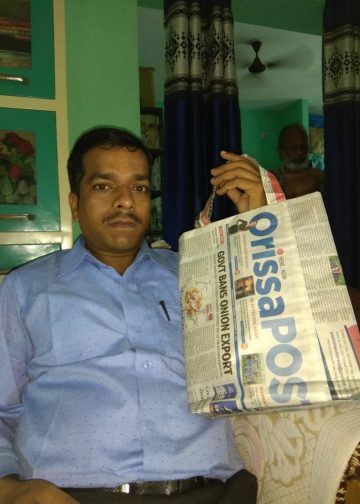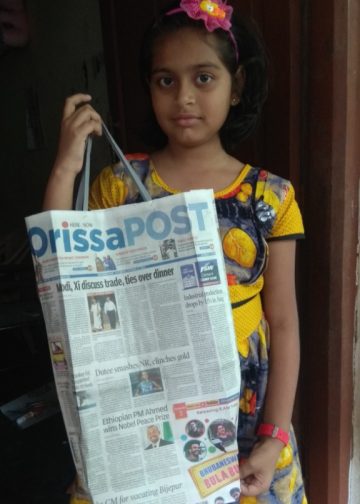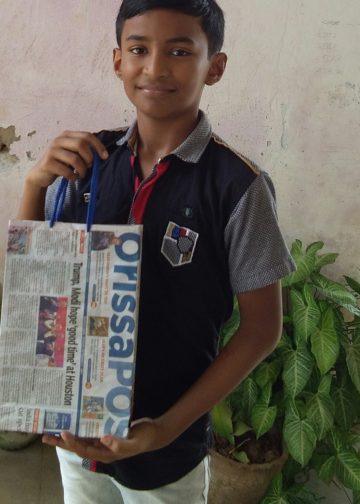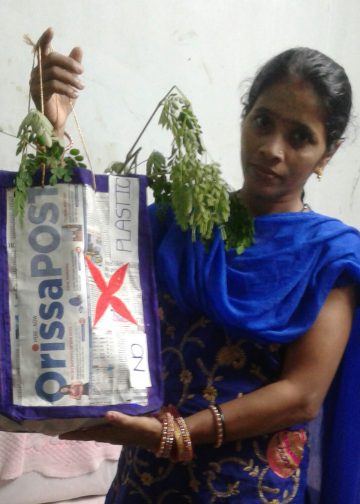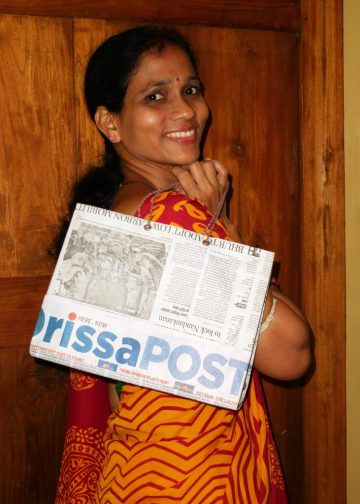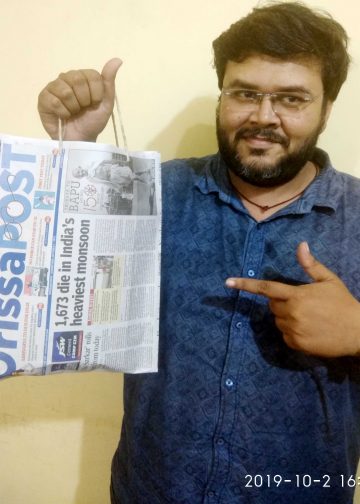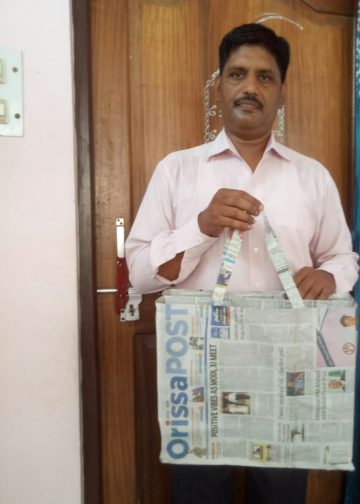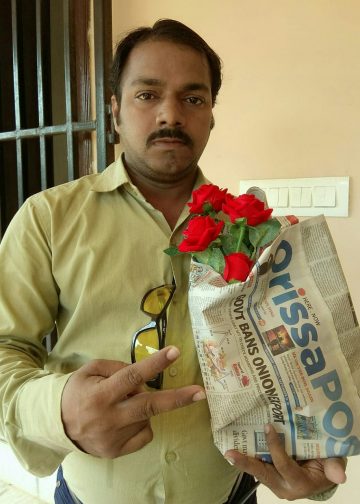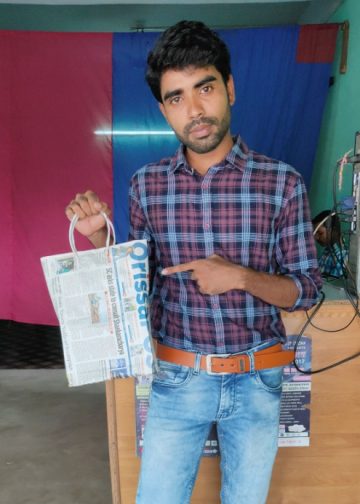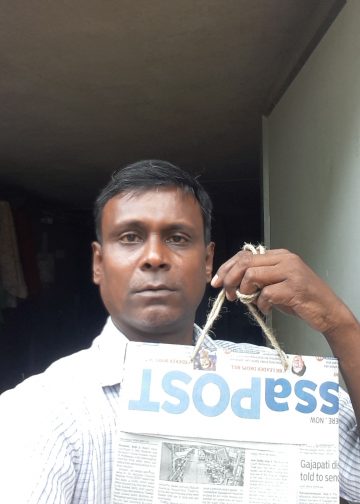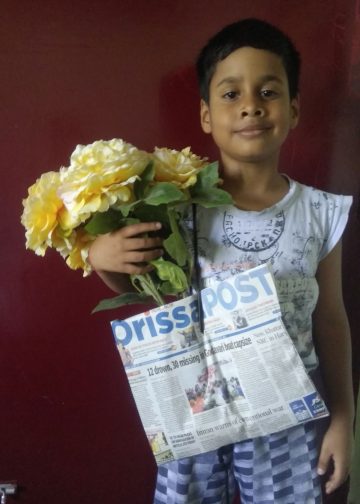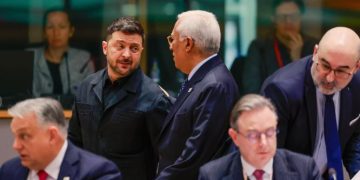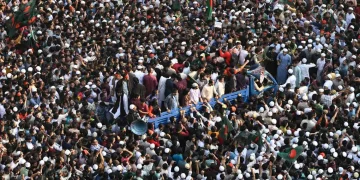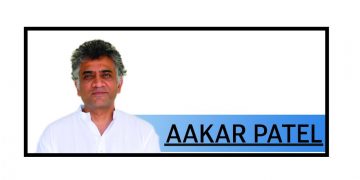Vappala Balachandran
It is disappointing to find Indian websites not easily yielding the text of the epoch-making 1993 “Agreement on the Maintenance of Peace and Tranquility along the Line of Actual Control in the India-China Border Areas”. Consequently, one has to search external sites like the UN or the Stimson Center. The agreement was the direct result of the successful 1988 Rajiv Gandhi visit to China and his meeting with paramount leader Deng Xiaoping. This, together with the October 23, 2013 Border Defence Cooperation Agreement between India and China signed by Prime Minister Manmohan Singh and Chinese premier Li Keqiang should have, if faithfully followed, prevented any such incidents like the 2017 Doklam standoff or the current Ladakh incursions.
The 1993 agreement says that pending the final settlement of the boundary, each side would respect the Line of Actual Control. In case one side crosses the line, they would pull back on being cautioned by the other. Differing views on alignment would be resolved by joint efforts. The 2013 agreement also advises maximum self-restraint if and when the border forces come face-to-face in areas where there is no common understanding. No provocative actions or threat to use force or actual use of force would be made.
Why then are we witnessing such pushing and punching by both sides? There is inadequate understanding of how the Chinese mind, trained in the tradition of Mao, works especially in “siege” situations. Only Jawaharlal Nehru understood the orientations of Maoist China even before our independence through his extensive travels. He had also discussed this subject with people like US journalist Agnes Smedley and French intellectual Andre Malroux well before Mao came to power. Agnes Smedley who was Lala Lajpat Rai’s assistant in New York had met Nehru in 1926, in Brussels. She was the first American lady journalist to stay in the Yenan caves where Chairman Mao and his comrades lived and worked. It was through her that Mao learnt about India. In 1951, Nehru told Chester Bowles, American Ambassador to India, that China was potentially “aggressive and expansionist”. The late Howard B. Schaffer, who was Bowles’ assistant and later US Ambassador to Pakistan, has recorded this in his 1993 biography of Chester Bowles, who was US ambassador to India twice, 1951-53 and 1963-69.
A book titled “Chinese at the Negotiating Table” published in 1994 by the US National Defense Universit gives details of the Chinese mtal orientations and strategy. It was written by Dr. Alfred D. Wilhelm Jr. who was vice-president of the Atlantic Council. The preface is by Ambassador Alexis Johnson who, as US Ambassador to Czechoslovakia (1953-58), had negotiated with Mao’s emissaries at Geneva and Warsaw before diplomatic relations were started in 1979 after President Nixon’s 1972 visit to Beijing.
The premise under which Mao defined relationships with others was that China, “after 100 years of suffering and humiliation due to Western imperialism”, would not allow any “relationship that might appear to subordinate China’s interests — political, ideological, economic, cultural or military — to any big power or bloc of powers”. He expected other countries to conform to China’s norms and values as even during the declining years of the Qing dynasty (1644-1912), they did not make many institutional changes. China would uphold the principle of “equality and mutual benefit”, he said, adding that the “door swings inward more than outward”. Based on this principle, the People’s Republic of China did not classify America as a “friend” even in 1984, five years after the normalisation of relations, even when the Soviet Union was perceived as the principal threat.
Where is India’s standing in this complex relationship? PRC’s relationship with the Soviet Union deteriorated when the Soviet Union made unilateral compromises with USA, violating Marxist-Leninist principles. China suffered as a “surrogate” of Moscow during the Korean War whereas Soviet support was non-existent during the 1958 Taiwan Straits Crisis and during the 1962 Sino-Indian War.
In the Chinese lexicon, different words are used to describe relationships with countries for negotiations: “Tanpan” suggests that both parties, even hostile, are serious about seeing that the situation does not get worse. “Huitan” is used for the normalisation of talks. It connotes trust with no hostility.”Huishang” is used for relations between friendly countries. “Xieshang” connotes greater levels of trust and is used in the context of “consultations”.
This formula explains why China specifically preferred Pakistan as the vehicle for secret talks to facilitate Kissinger’s secret visit in July 1971 and pave the way for President Richard Nixon’s path- breaking visit to Beijing in 1972. Kissinger had tried two other channels – through China’s “friend” Romanian President Nicolae Ceausescu,12 and through the Chinese Ambassador in Paris, who was a “Long March” veteran.
In 1971 and 1972, China considered India as Soviet Union’s surrogate as the transcripts of Zhou-Enlai-Kissinger and Zhou-Enlai-Nixon talks would indicate. He particularly condemned Nehru for claiming “their” Aksai-Chin plateau from 1956 onwards under Nikita Khruschev’s instigation. In 1972, Zhou included Indira Gandhi among China’s adversaries for threatening Pakistan. It was only in 1988 that India’s status was upgraded for the“Huitan” level talks after the successful 1988 Rajiv Gandhi visit. This status was lost in 1998 when Prime Minister Vajpyee’s ill-advised letter to President Bill Clinton, blaming China for our nuclear tests, was leaked and published by New York Times on May 13, 1998.
Against this background, it’s easy to understand why China is playing border games with the Modi government which has closely aligned India’s foreign, financial, commercial and security policies with America’s. India indicated its willingness to allow US enterprises to be located in India after President Donald Trump’s suggestion to withdraw from China. Senior minister Nitin Gadkari had even suggested April 27 that “India should look to convert the world’s hatred for China into an economic opportunity” for India.
Thus, any amount of Wuhan or Mamallapuram talks would only remain as ‘events’ as long as suspicions remain in the minds of the Chinese.
The writer is a former Special Secretary with Union Cabinet Secretariat. © The Billion Press.

